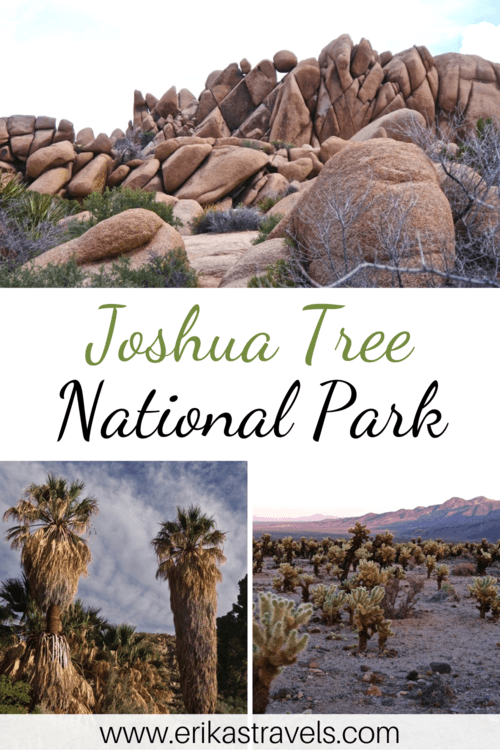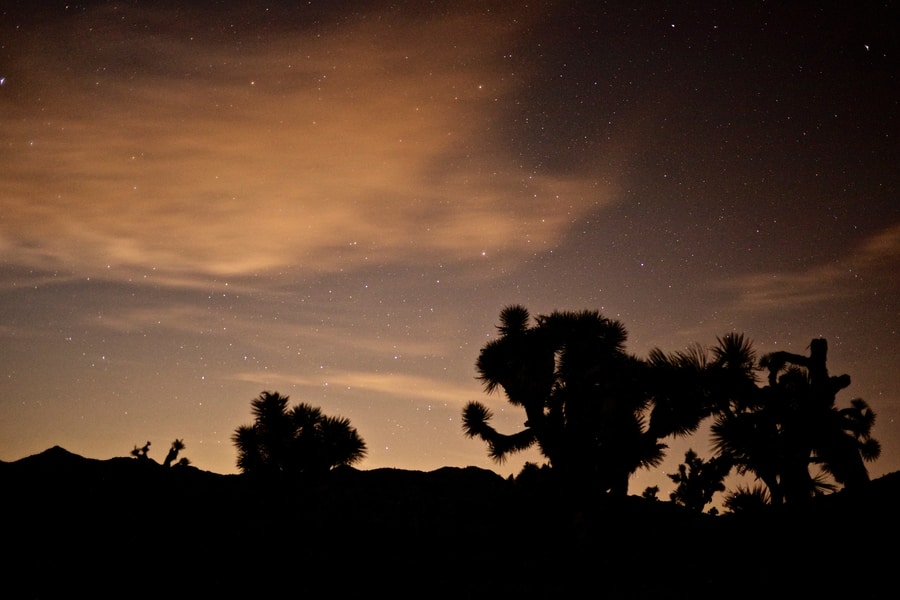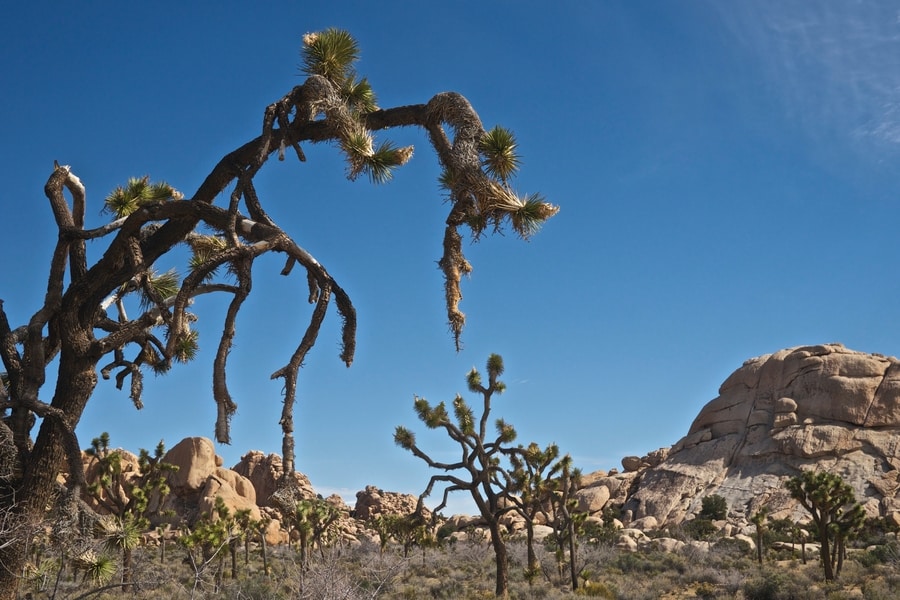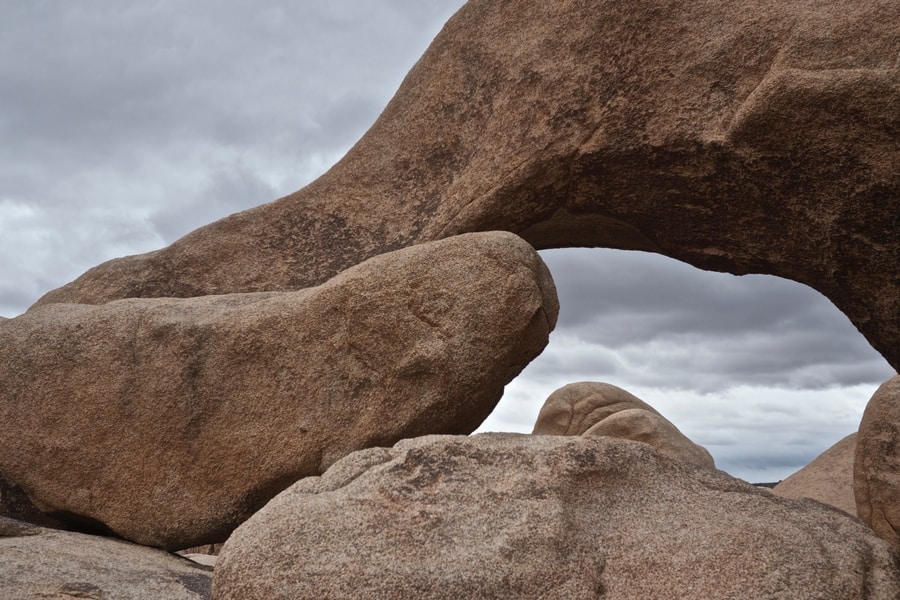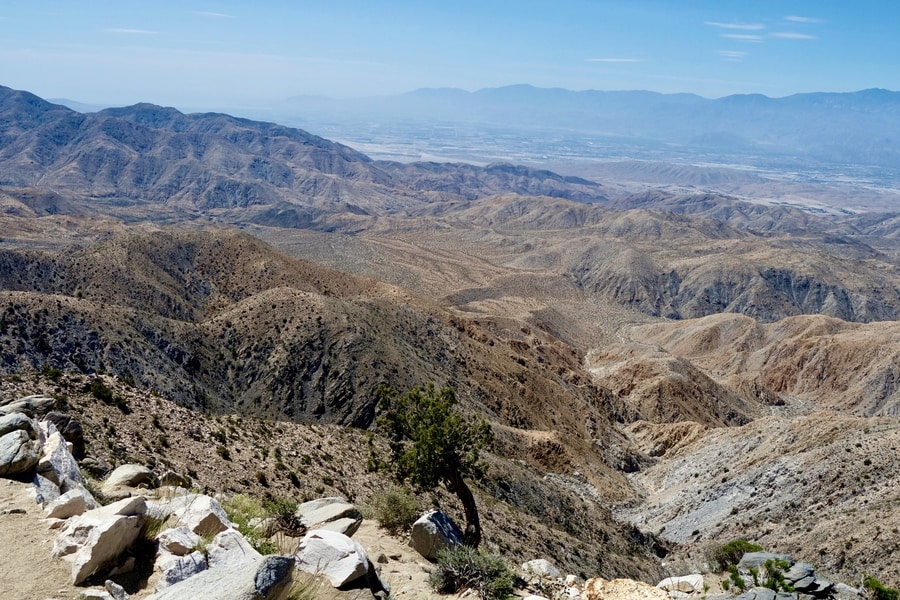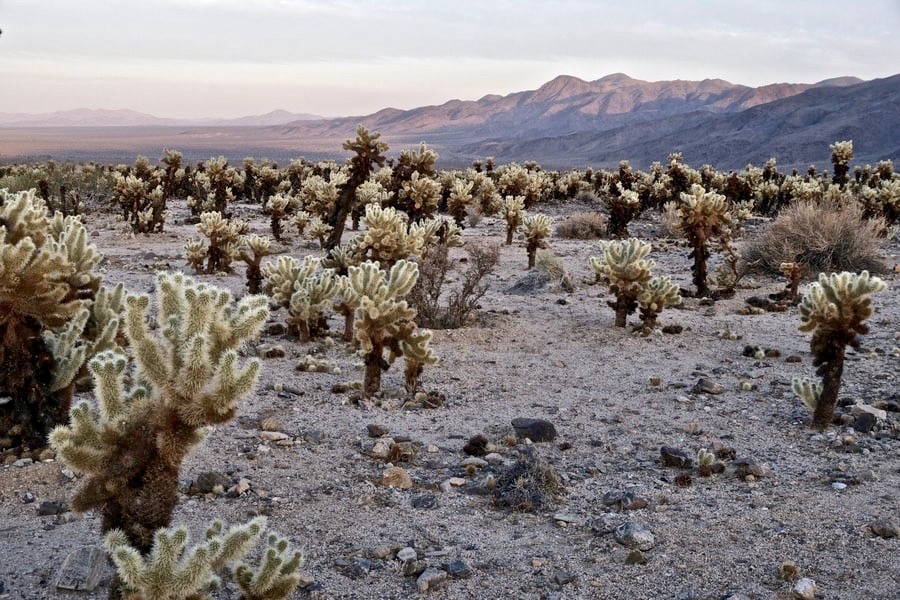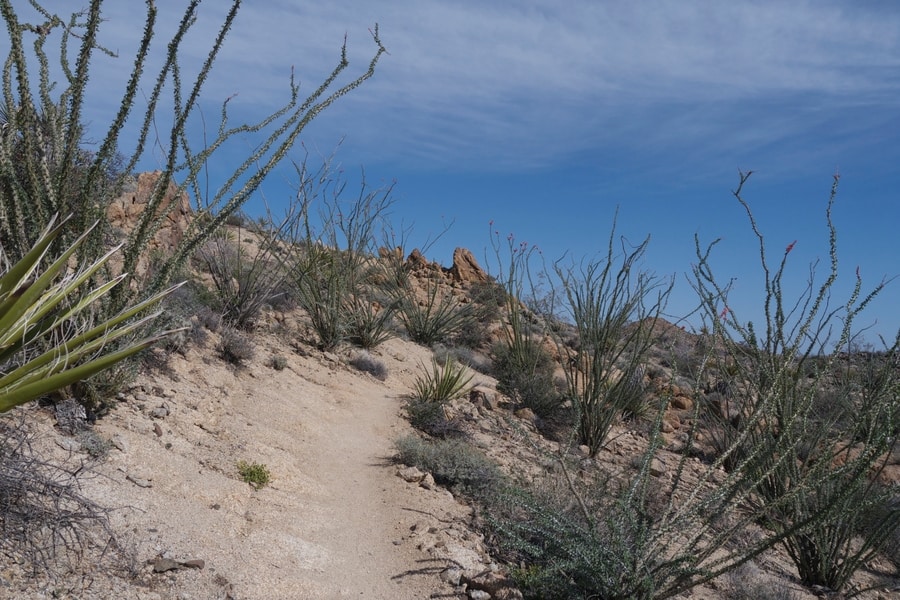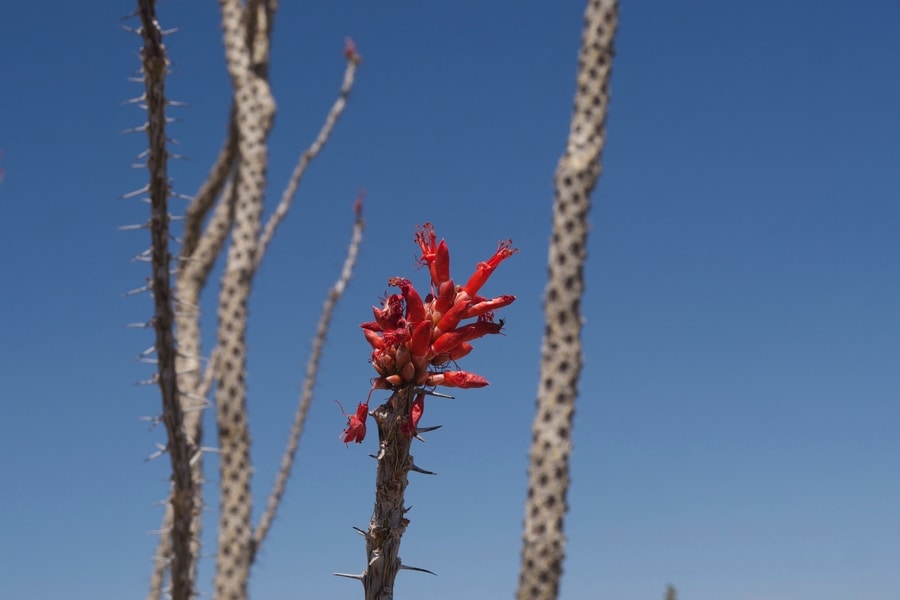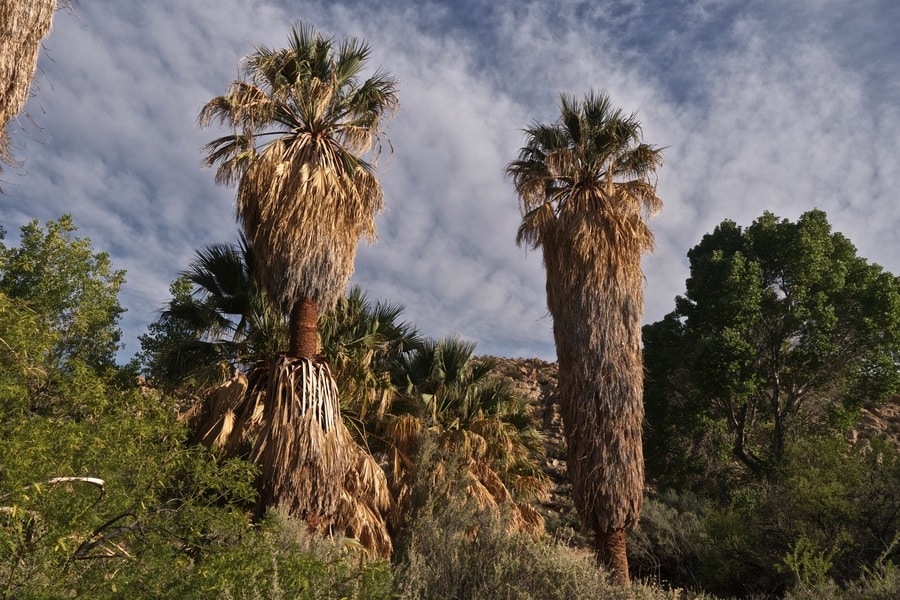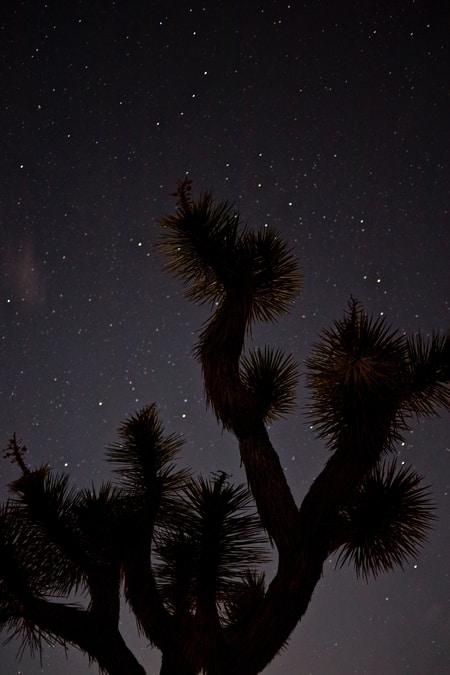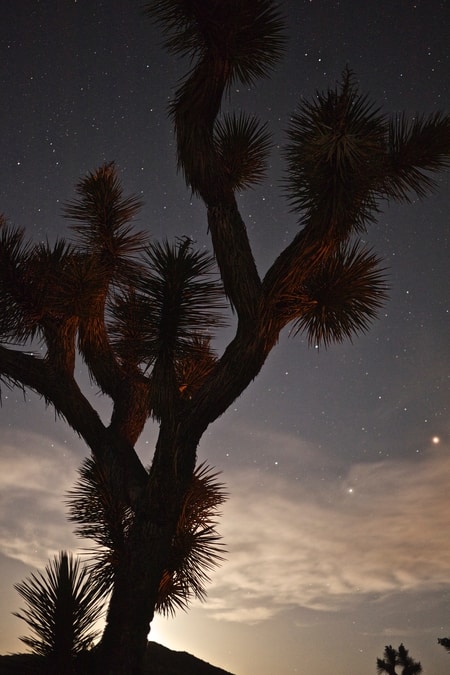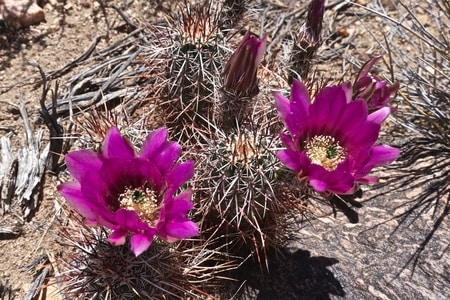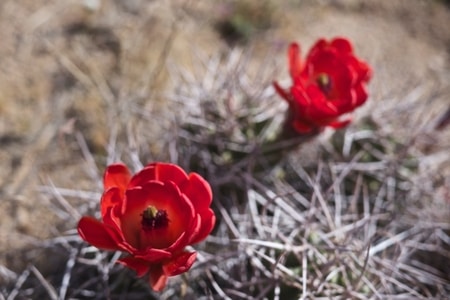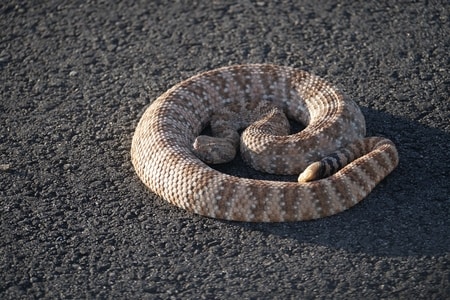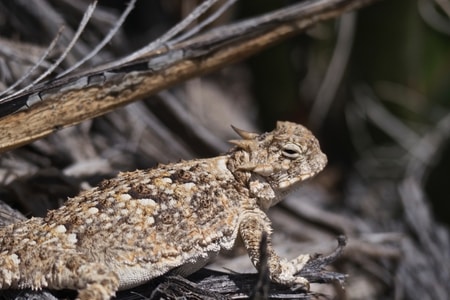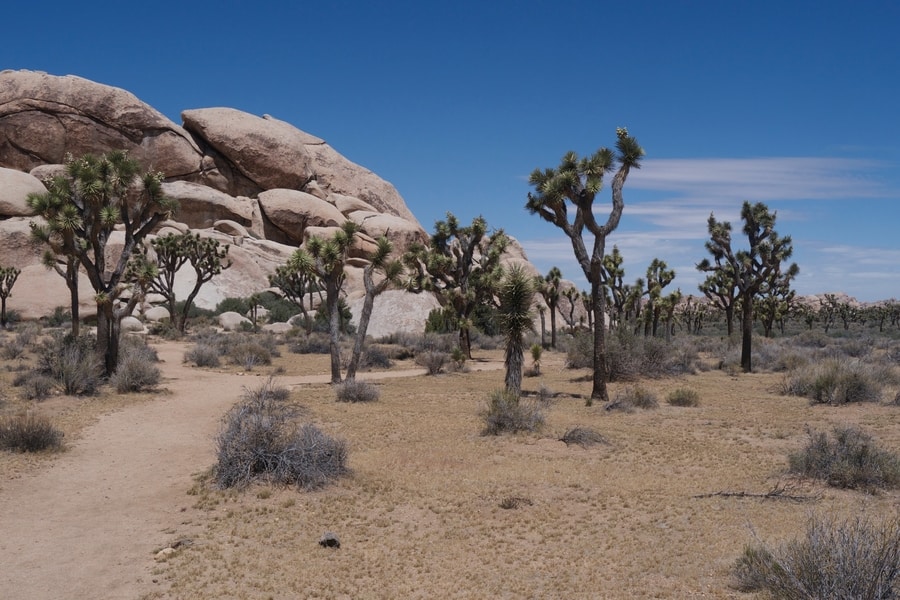
7 Awesome Things to Do in Joshua Tree National Park
Joshua Tree National Park is one of Southern California’s most enticing outdoor destinations. Famed for its namesake trees that resemble props in a Dr Seuss story, the national park attracts rock climbers, hikers, solitude-seekers, and influencer-wannabes. It is one of the West Coast’s premier desert playgrounds—filled with jaw-dropping vistas, palm-sheltered oases, and grippy rock perfect for scrambling.
Yet despite its proximity to Los Angeles and its hoards of yearly visitors, Joshua Tree is a quiet and peaceful retreat from the stresses of urban America. With its clear night skies and lonely desert landscapes, it feels worlds away from the endless sprawl and heavy traffic that defines much of Southern California’s landscapes.
JOSHUA TREE NATIONAL PARK
Joshua Tree National Park gets its name from the eponymous trees that lie scattered about its landscape. Mormon settlers in the area thought the oversized yucca trees—with their branches reaching toward the heavens—resembled the biblical prophet Joshua pointing the way to the promised land.
The name stuck. And today, ‘Joshua Tree’ describes both the yucca plants and the federally protected area in which they grow.
Though the park’s iconic trees are what most people associate with the California park, they are far from the area’s only special feature. Joshua Tree National Park is a transition zone between two deserts: the low and dry Colorado, and the higher and slightly cooler Mojave. Where the two ecosystems collide, the landscape is filled with a wide array of curious animals and unusual plants.
-
MOJAVE DESERT SECTION
-
COLORADO DESERT SECTION
The Colorado Desert section of Joshua Tree National Park is defined less by its massive boulders and more by its sweeping and barren desert landscapes. As the deserts converge, spindly Joshua Trees give way to palm oases. Gargantuan jenga-like boulders disappear into sage-covered valleys.
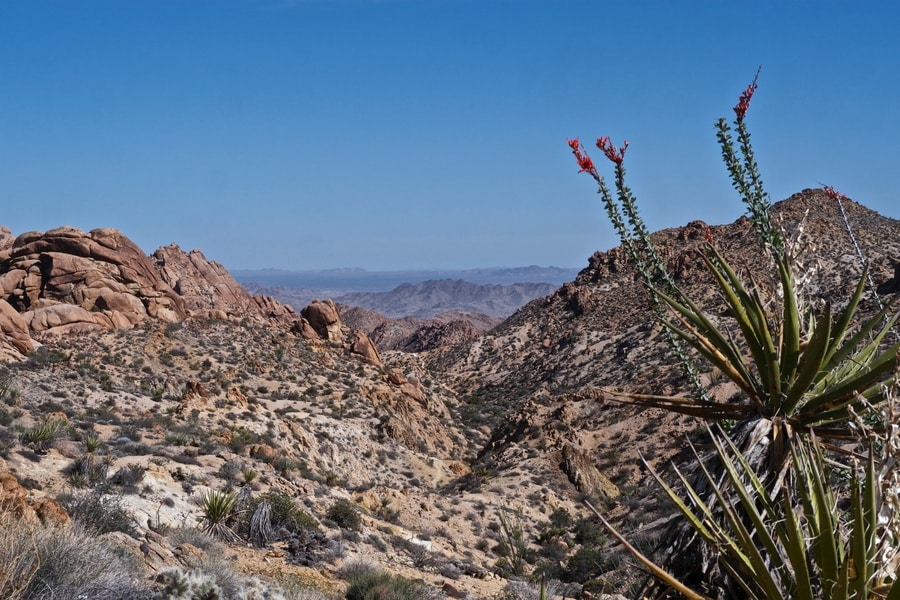
Though fewer people make it to the southern section of the park, it is by no means less worthy of visitors. Highlights of the park’s Colorado Desert section include the Cottonwood Spring and Lost Palms Oasis.
THINGS TO DO AND SEE IN JOSHUA TREE
For outdoor-lovers, there are tons of things to do in Joshua Tree National Park. The marriage of two ecosystems gives the park a varied landscape with diverse flora and fauna.
Whether you’re visiting Joshua tree as a day trip, a weekend trip, or part of an extended retreat into nature, the area offers a plethora of tourist attractions and some of the most alluring desertscapes in the American West.
1. CLIMB (OR SIMPLY ADMIRE) THE PARK’S ROCK FORMATIONS
Like clouds, Joshua Tree’s rocks resemble shapes both familiar and unfamiliar. Some merely look like huge amorphous boulders. Others take on characteristics of animals or human faces.
The rock boulders scattered about the Mojave Desert section of Joshua Tree National Park are among the area’s most popular draws. They have turned the park into a haven for rock climbers and scramblers.
Even travelers with little to no rock climbing abilities will find that the area’s boulders are exceptionally easy to walk on, thanks to their grippy surfaces.
-
ARCH ROCK
Arch Rock is one of the most famous boulder formations in Joshua Tree National park. A half-mile out and back trail to the iconic rock formation leaves from the White Tank Campground, at the northern end of the park.
Arch Rock sits in a boulder-strewn area that is perfect for scrambling. Though the bridge-like rock formation is the primary reason many choose to hike the well-marked trail, its entire surroundings are worth exploring.
-
SKULL ROCK
Of all the formations in Joshua Tree, Skull Rock is perhaps the most photographed and visited. Some allege that it looks like a skull—complete with a smooth rounded forehead and sunken eye sockets. I’m not so sure I see the resemblance.
Skull Rock lies just off the main road.
-
JUMBO ROCKS
In my opinion, the boulder piles near the Jumbo Rocks Campground are some of the most interesting in the park. The stack of delicately-placed rocks contains spherical marble-like boulders that balance on diamond-shaped crisscrossing blocks.
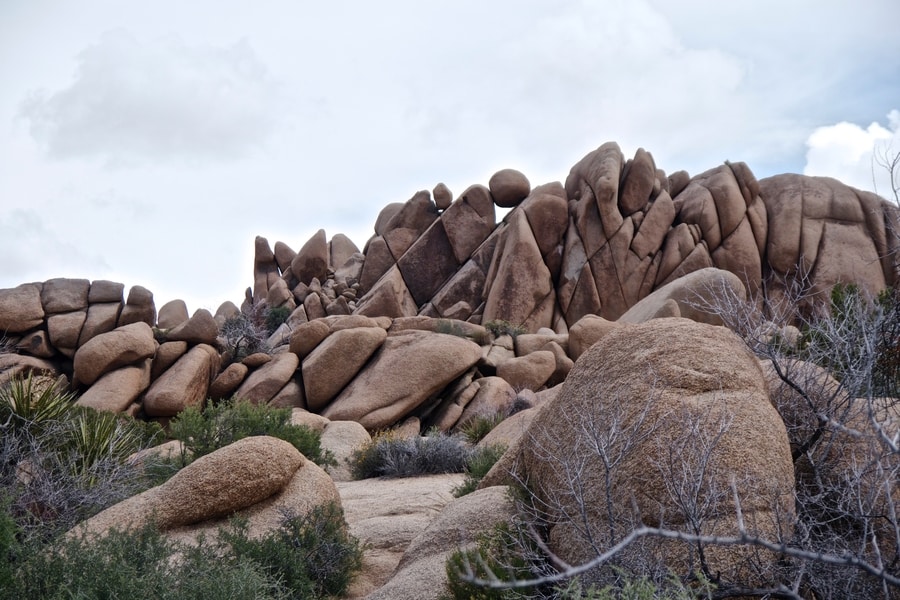
With components that fit together like a giant game of Tetris, the area makes for a far more interesting subject than Skull Rock.
2. SOAK IN THE PANORAMA FROM KEYS VIEW
Keys View is the most popular panoramic point in Joshua Tree National Park. Located at an elevation of over 1500 meters, its vantage point provides 360 degree view of the Salton Sea, San Andreas Fault, Coachella Valley and Santa Rosa Mountains. On clear days, it is possible to see all the way to Mexico.
The panoramic point offers views that are quite different from those in Joshua Tree’s northern reaches. For Dan and I, it was the first instance in which we realized that the park was about more than the boulders and yucca trees that made it famous.
The turnout road for Keys View lies just beyond Hidden Valley, between the park’s northern and western entrances.
3. WANDER AROUND THE CHOLLA CACTUA GARDEN
After exploring the popular areas around Joshua Tree’s northern reaches, Dan and I drove toward the southern entrance of the park. As we did, the landscape began to transform. The boulder-clad valleys of the Mojave gave way to the sweeping barren hillsides of the Colorado. And so too, the flora changed.
The Cholla Cactus Garden—one of the top attractions in Joshua Tree National Park—lies at the meeting point of the two ecosystems. Its desertscape contains an abundance of plants that have been nicknamed Teddybear Cacti due to their fuzzy-looking branches.
Don’t be fooled by their nickname or appearance, however. The seemingly cuddly plants have dagger-like spines that seem to have a magnetic attraction to human skin.
The Cholla Cactus Garden lies just south of the park’s otherworldly rock formations, along Pinto Basin Road. A quarter-mile trail loops through the area.
Hiking the short, yet worthwhile trail is one of the top things to do in Joshua Tree.
4. STOP BY THE OCOTILLO PATCH
The Ocotillo Patch lies just beyond the Cholla Cactus Garden, along Pinto Basin Road. The roadside stand of spindly plants is another example of the varied flora in Joshua Tree’s transition zone .
Though ocotillo look like tall spindly cacti, they are actually deciduous shrubs that grow tiny green leaves around their tentacles. The plants can reach heights of 15 feet. Their red flowers put on dramatic displays after desert rainstorms.
Though the Ocotillo Patch in Joshua Tree National park is small and can be easily appreciated in about 5 minutes, it is a wonderful testament to the landscape’s diversity.
5. VISIT THE COTTONWOOD SPRINGS AND THE LOST PALM OASIS
The Cottonwood Spring Oasis is one of the top things to see in Joshua Tree. Surprisingly, however, it is also one of the park’s most overlooked attractions.
The oasis lies in the Colorado Desert section of the park. Because of its water source, the area attracts large clusters of cottonwood trees and fan palms.
Cottonwood Spring was once an important water stop for gold prospectors and miners. The remains of a primitive gold mill can be found near the spring, alongside concrete ruins that mark the sites of two later gold mills.
From the Cottonwood Spring, a seven mile trail leads to the Lost Palm Oasis—an area with the highest concentration of California fan palms in Joshua Tree National Park. The trail then continues to Mastodon Peak.
The Lost Palms Oasis is one of the top hikes in Joshua Tree. Though Dan and I didn’t have the chance to explore the trail during our trip, we imagine that the area is a worthwhile destination for travelers in search of the park’s off-the-beaten-path treasures.
6. HIKE TO THE FORTYNINE PALMS OASIS
After driving the length of the national park and stopping by all the top tourist attractions along Pinto Basin Road, Dan and I returned toward Joshua Tree’s North Entrance. We wanted to explore one last area before catching our flight back to Seattle, so we exited the park, turned right on Twentynine Palms Road, and made our way to the Fortynine Palms Canyon Trailhead.
The Fortynine Palms Oasis Trail offers a three-mile round-trip hike to a fan palm oasis. The comparatively lightly-trafficked trail climbs to a ridge where large numbers of barrel cacti dot the landscape. After climbing up over the ridge, it descends to a small oasis located in a remote rocky canyon.
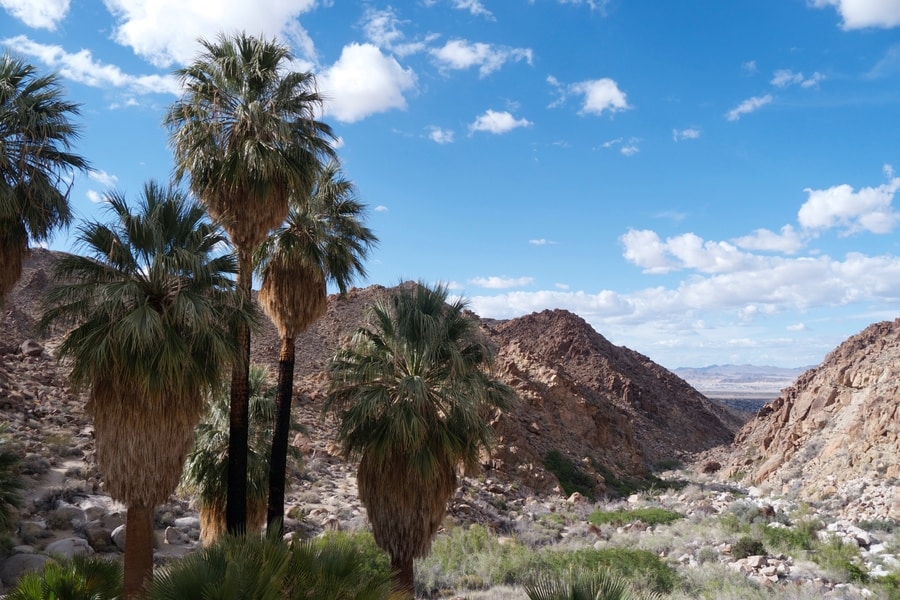
If you don’t have time to make it all the way to Cottonwood, the Fortynine Palms Trail provides a fantastic alternative.
7. ADMIRE JOSHUA TREE’S STARRY NIGHT SKY
Before visiting Joshua Tree, Dan and I wondered if the park’s famed dark skies might not live up to their hype. Compared to remote locations like the Alvord Desert and Oregon Outback, the national park is pretty close to major population centers.
We needn’t have worried, however. Joshua Tree is one of the best stargazing locations in the United States. The park’s Dark Sky status and high elevation, ensure that it remains a magical destination for lovers of photography and the night sky.
Though I imagine the entire area is a wonderland for stargazers, the park’s Joshua-tree laden section offers particularly photo-worthy views.
Admiring the stars behind a silhouette of curiously-shaped trees is one of the top things to do in Joshua Tree National Park, and an experience that I’m unlikely to forget.
WHERE TO STAY IN AND NEAR JOSHUA TREE
Camping is undoubtedly the best way to experience Joshua Tree’s magic. There are nine campgrounds in the park. Most are located near its northern section. From October through May, advanced reservations can be made at Black Rock and Indian Cove Campgrounds. The rest of the campsites operate on a first-come, first-served basis.
For travelers who prefer a little more luxury, the towns of Joshua Tree and Twentynine Palms have a host of accommodation options. Of the places to stay near the park’s main entrance, the Joshua Tree Backyard Retreat, the Eclectic Joshua Tree Holiday Home, and the Castle House Estate have particularly good reviews.
Alternatively, travelers who wish to surround themselves with more amenities and restaurants will find a plethora of hotels and AirBnbs in Palm Springs (less than an hour away).
WHEN TO VISIT JOSHUA TREE
While visitors cruise Joshua Tree’s barren roads year-round, spring and fall months are undoubtedly the best times to visit the national park.
Between October and May, temperatures dip below their triple-digit summer highs. Come springtime, the desert bursts to life with splashes of color.
We visited Joshua Tree National Park in April and found the weather to be perfect.
The more moderate temperatures in spring and fall come at a price, however. When the temperatures dip below the 100s, visitors begin to pour in. During the peak seasons, you’ll likely have to jockey for parking and pre-book your campsite.
WILDLIFE IN JOSHUA TREE NATIONAL PARK
While Joshua Tree National Park appears to be an inhospitable desert, it is not a lonely swath of sand by any means. The whole place is riddled with a host of animals that have adapted to its rugged land. Joshua Tree’s animals including bobcats, coyotes, jackrabbits, and the threatened Mojave desert tortoise.
During our visit, Dan and I saw a variety of lizards and a massive rattlesnake that was curled up and sunbathing in the middle of the road.
As always, please respect the wildlife habitat and do not feed or approach animals.
****
Joshua Tree’s diverse landscapes and plethora of things to do make the park a favorite among California locals and visitors alike.
But out in the middle of the desert—despite the 3 million visitors that flock to the park annually—it is easy to feel as though you’re the only person on the planet.
With bulbous boulders, clear night skies, and iconic spindly trees that look right out of a Dr Seuss story, Joshua Tree national park is a serene escape from the unending traffic and unfettered development of urban California.
_______________________________________
Like this Resource on Top Things to Do in Joshua Tree? Pin It!
